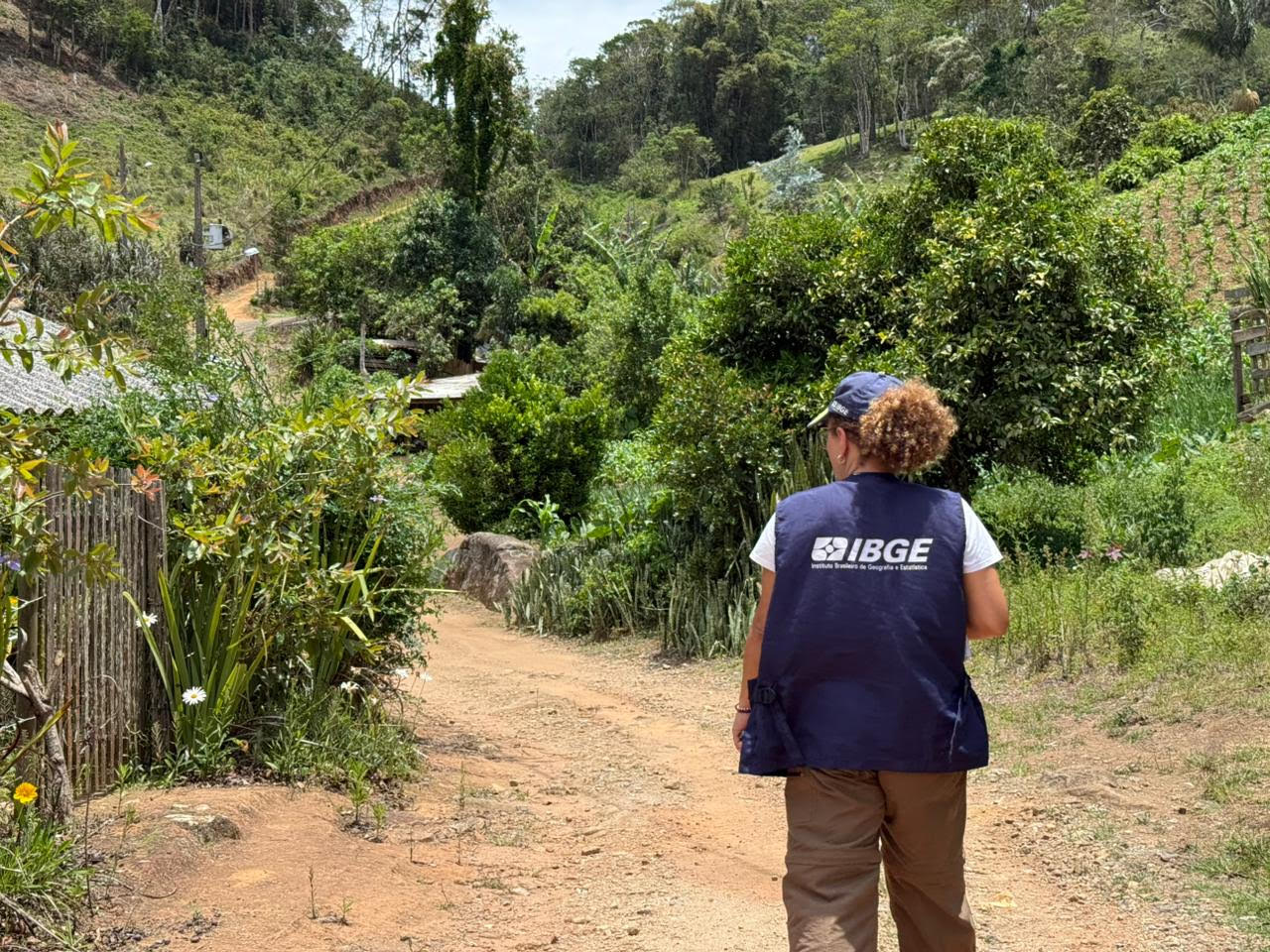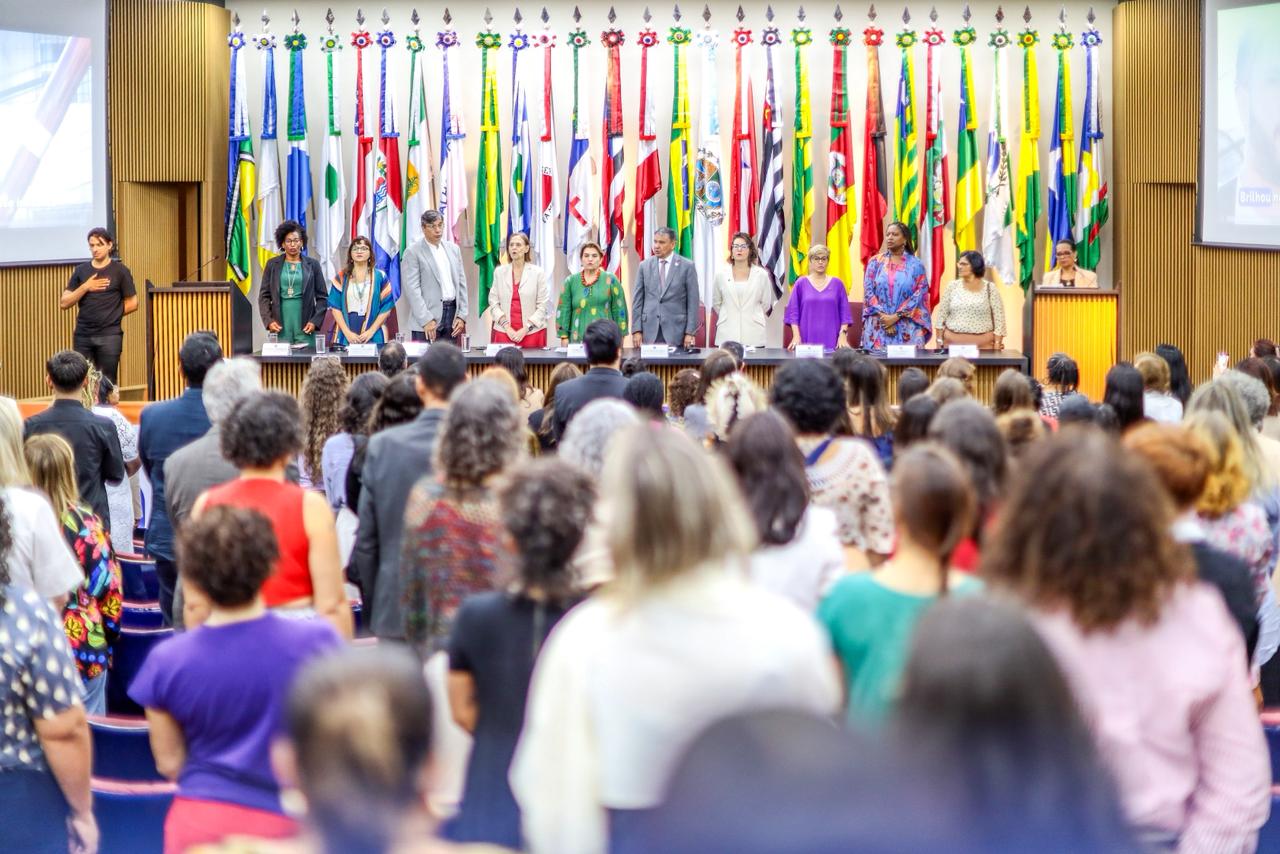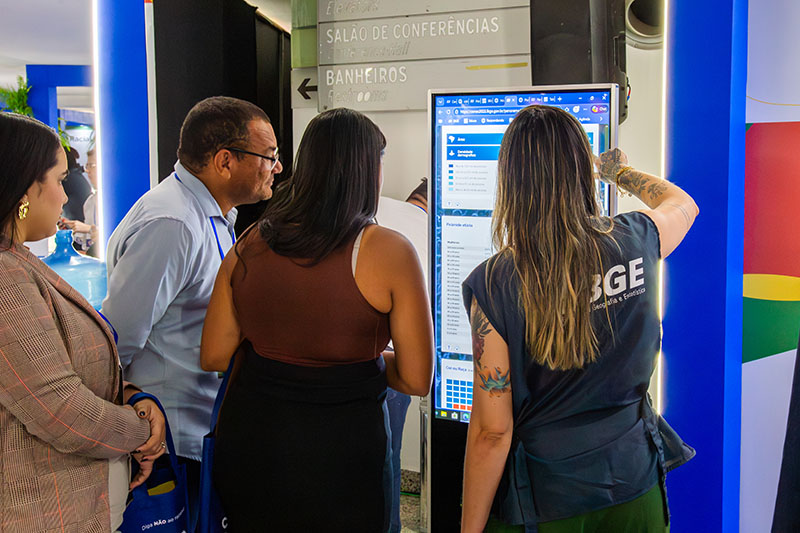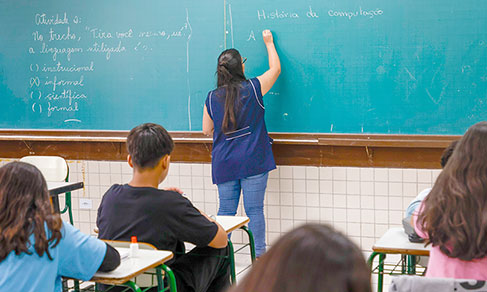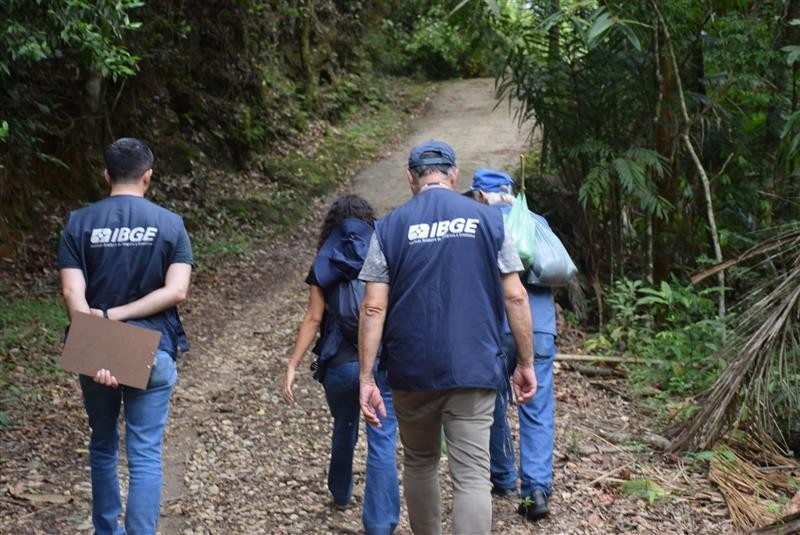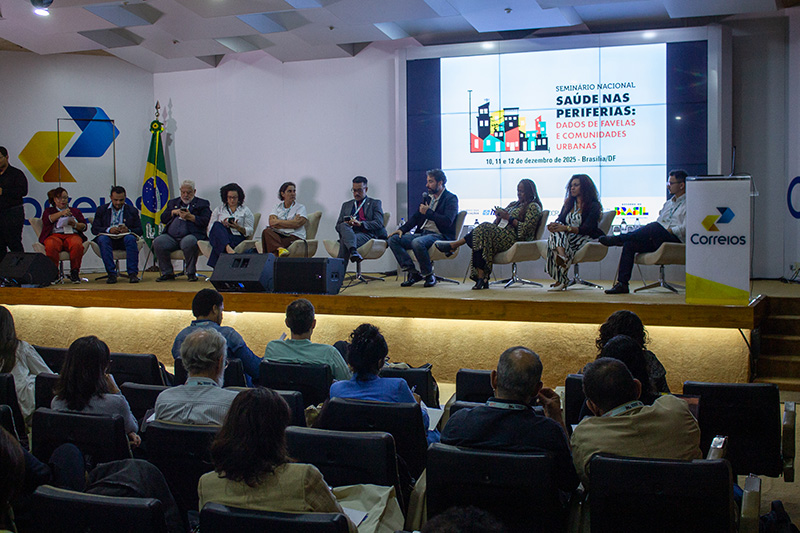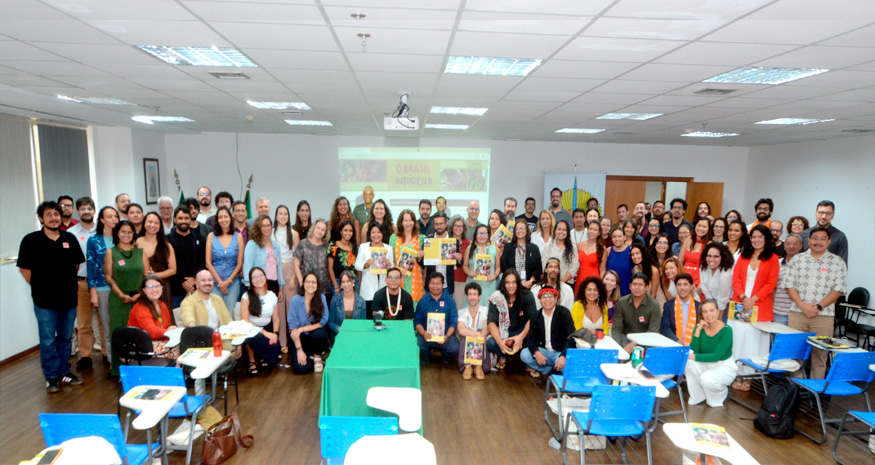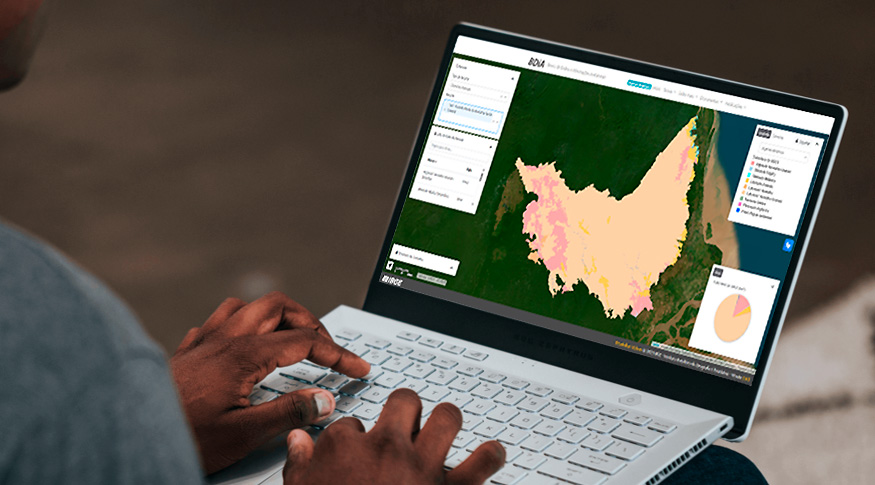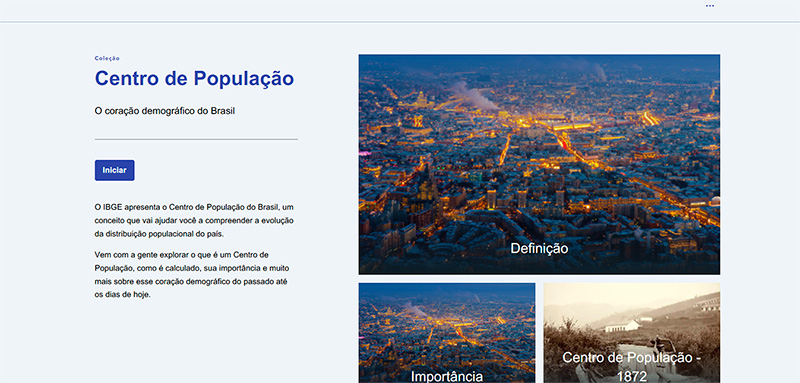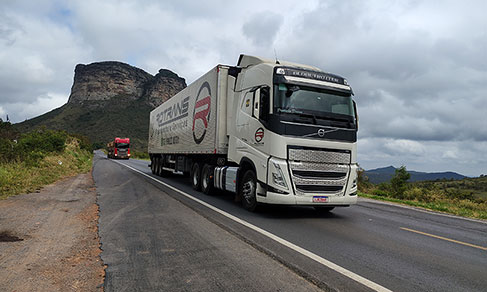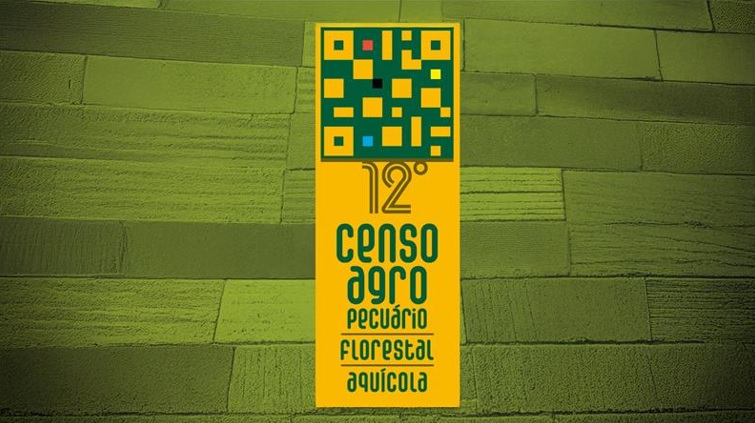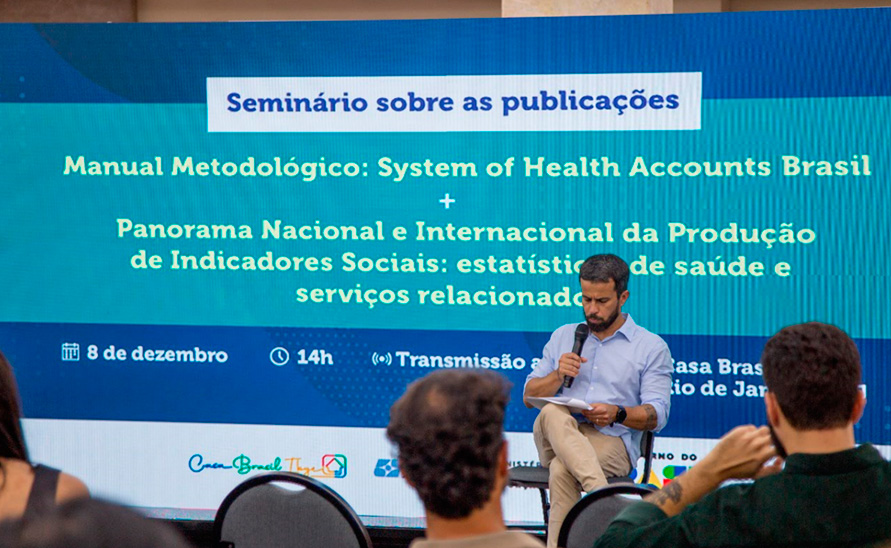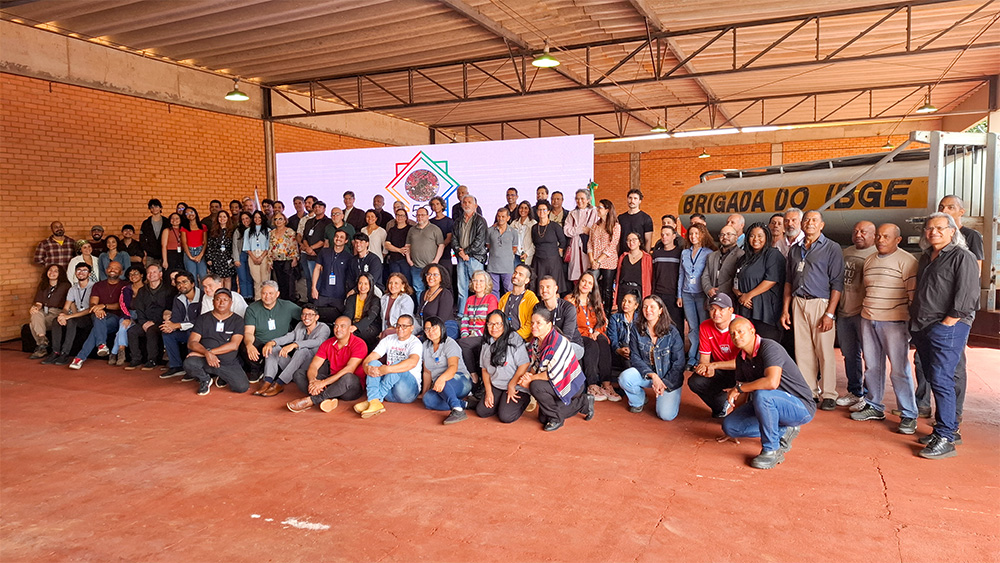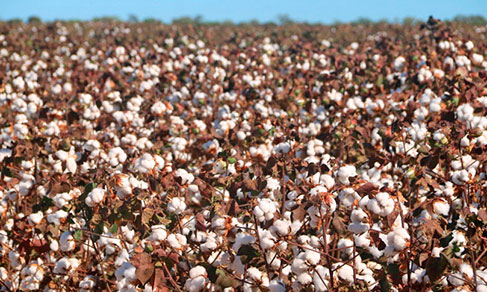2022 Census
2022 Census: IBGE updates Settlements in Brazil and launches search tool
November 24, 2025 10h00 AM | Last Updated: November 24, 2025 07h30 PM
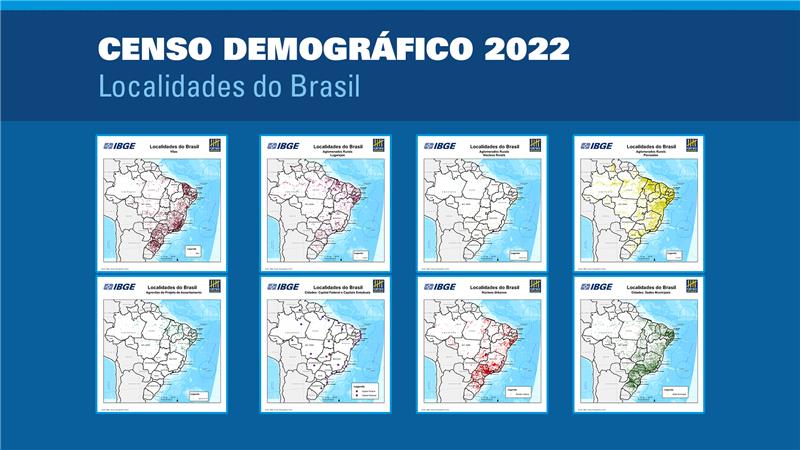
According to the concept adopted by the Institute, a settlement is “any locality in the National Territory with a permanent group of residents”. After the 2022 Census, the IBGE updated its mapping on Settlements in Brazil and counted a total of 87,362 settlements.
The study also makes available a settlement search tool by means of which users can find information about categorization, name, geographic coordinate and political-administrative status of the chosen settlement. One can also download vector shape files of each locality in.shp, .kml and .gpkg formats.
Settlement mapping is one of the most important and longstanding activities carried out by the IBGE, of fundamental importance for censuses and statistical surveys. In the study updated with data from the 2022 Census, the following categories stand out: Cities (as Federal Capital, State Capital and Municipal Headquarters), Villages (District Headquarters), Urban Centers, Towns, Hamlets, Rural Centers, Indigenous Settlements (Indigenous Groupings and other Indigenous Settlements), Quilombola Settlements (Quilombola Groupings and other Quilombolas Settlements), Rural Villages of Settlement Projects and Other Settlements.
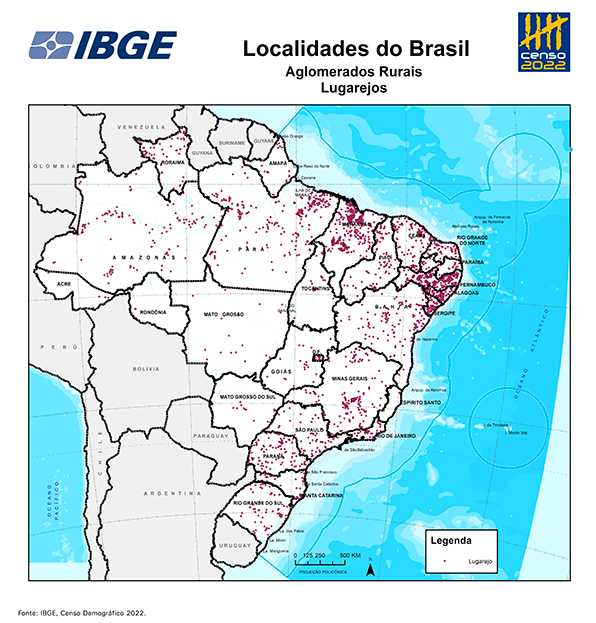
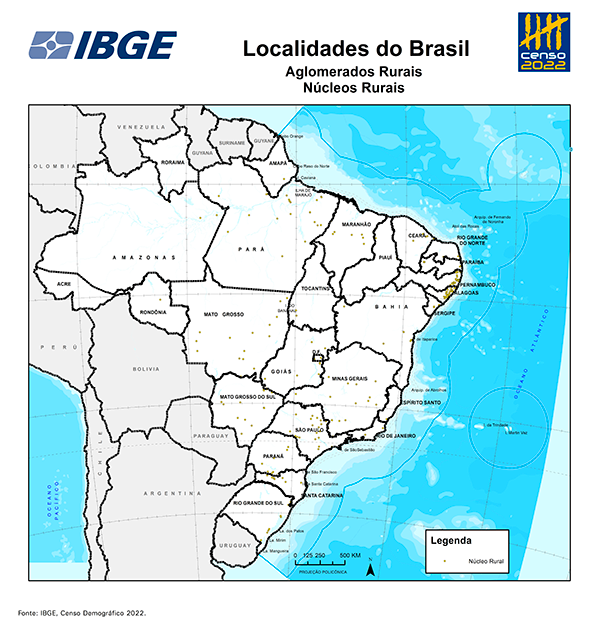
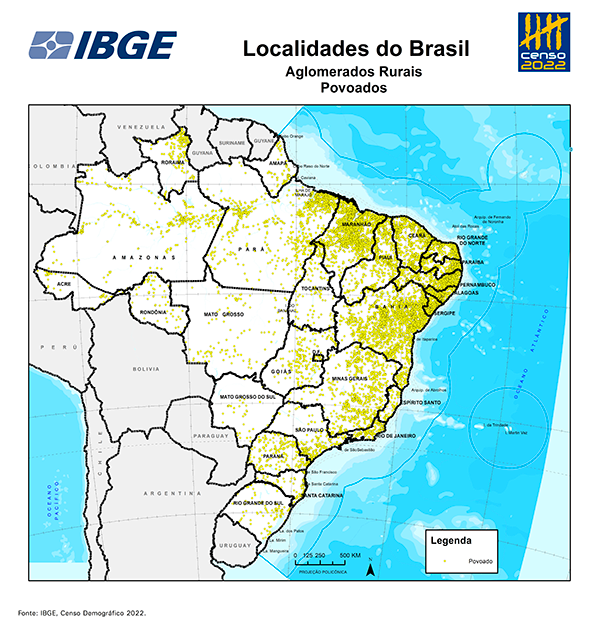
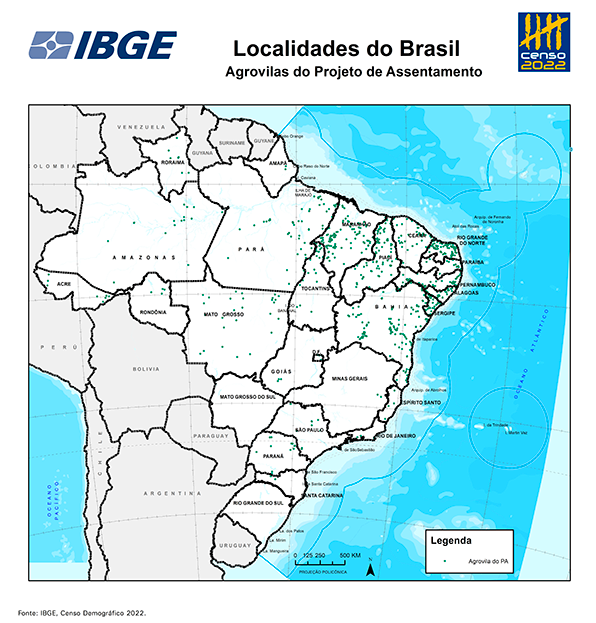



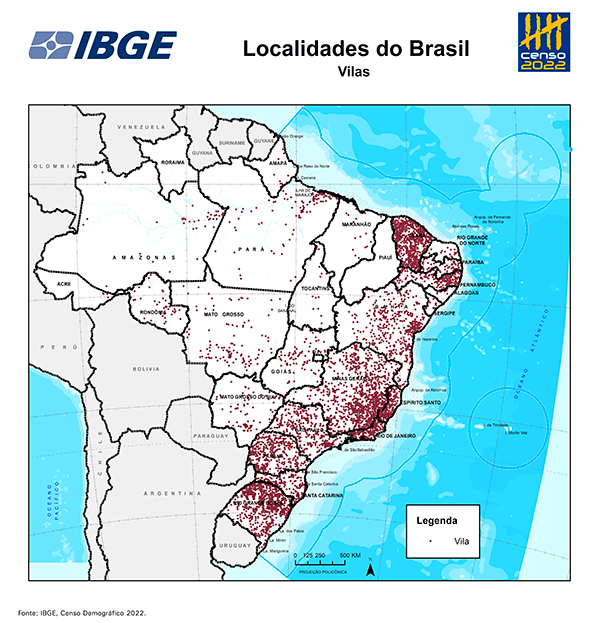
65 thousand settlements more than in 2010
Between the 2010 and the 2022 Census, the number of settlements mapped by the IBGE went from 21,886 to 87,362, an increase of 65,476 settlements. This increase is found in all the categories mapped and is related to the improvement of both mapping tools, and of the methodology used by the Institute.
Two innovations stand out:
- the creation of the category “Other Settlements,” which gathers 38,782 small settlements that, having between 10 and 49 households, are not big enough to be classified as a specific Enumeration Area, but are individualized in mapping;
- the inclusion of the category “Quilombola Settlements,” which was based on the innovation of investigation of quilombola ethnic belonging of peoples and communities in the 2022 Population Census in 25 Federation Units.
The category Hamlets recorded the biggest percentage of increase from 2010, followed by the category Indigenous Settlements. It is worth mentioning the increase in registers of all settlement categories. “That is related to the expansion of our mapping capacity, with the use of the best inputs, such as high-resolution satellite images. We have also advanced in terms of information technology with the structuring of geospatial databases and use of free software solutions, besides implementing a process of regular Census Mapping update between Census Years,” says Roberto Tavares, coordinator of Territory Structures of the Directorate of Geosciences.
Some of the most unexpected demands submitted to the IBGE customer service channel were related to the search for one’s birthplace, said the coordinator. With the name of the settlement alone it was not always possible to define one’s exact birthplace. Any user could search the database directly using the desired name.
One of the situations mentioned by Tavares was the conceptual nature of the study: cataloguing and classification of settlements do not have a legal impact on the definition of territorial structures and of political-administrative aspects. “There may be settlements fully or partially inserted or scattered over the territory of neighboring states or municipalities. It is not a duty of the Institute to delimit Settlements,” the coordinator explains.
From official boundaries to the place where life happens/strong>
The new product does not just consider the political-administrative boundaries defined by law. It also takes into account how people live, use, and name places.
The new category "Other Settlements"—the most numerous of all—acts as a kind of "magnifying glass" on a multitude of small settlements with their own names and important social functions in the territory (such as service points, sociability, housing, and local identity), but which, because they are very small, are not individualized into a specific Enumeration Area.
According to Felipe Leitão, Mesh and Territorial Planning Manager inthe same Division, identifying these different localities enriches the geographical analysis of the distribution of the Brazilian population. “The data allows for a multidimensional and multi-scale reading of the reality of the population's presence in Brazilian territory. It is the IBGE's appreciation of the multiplicity of existing territorial configurations, recognizing that localities do not exist only as official geographical and statistical categories, but primarily as spaces for daily life and of social significance.”
Regional differences: from cities to the Brazil of small villages
The data also evidence striking differences between Brazilian Major Regions. According to the publication, the Southeast and South regions have, proportionally, more urban areas – that is, those classified as Cities, Villages, or Urban Centers.
On the other hand, the North and Northeast regions concentrate the biggest absolute numbers of towns and hamlets, reinforcing the image of a Brazil where the rural world is still very present and diverse. Furthermore, these regions also stand out for the largest quantities of Indigenous Settlements and Quilombola Settlements.
According to Beatriz Oliveira, geographer and analyst for the publication: "By detailing the Brazilian territory in almost 90,000 settlements, the new mapping of the 2022 Census brings the census cartographic production closer to people's real lives. From the large urban center to the small village, from the Federal Capital to Indigenous and Quilombola communities, the study shows a territorially more complex, diverse - and, above all, more visible Brazil."
Consulting and accessing the data provides information to meet the demands of various types of users and sectors of society: service logistics, infrastructure, tourism, distribution of health and education services, environmental conservation, among others. It is also a rich tool for academic research and the development and monitoring of public policies.



